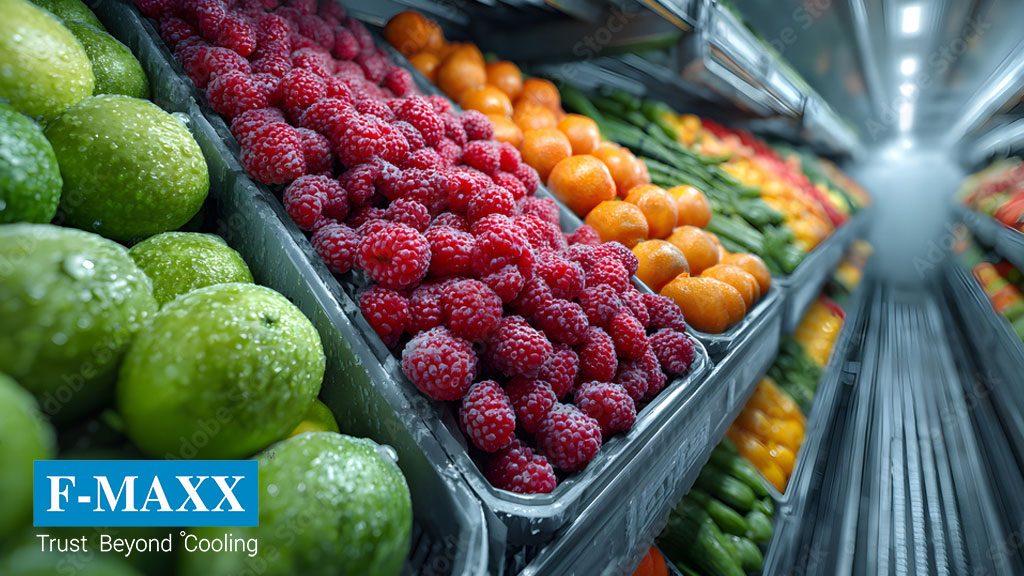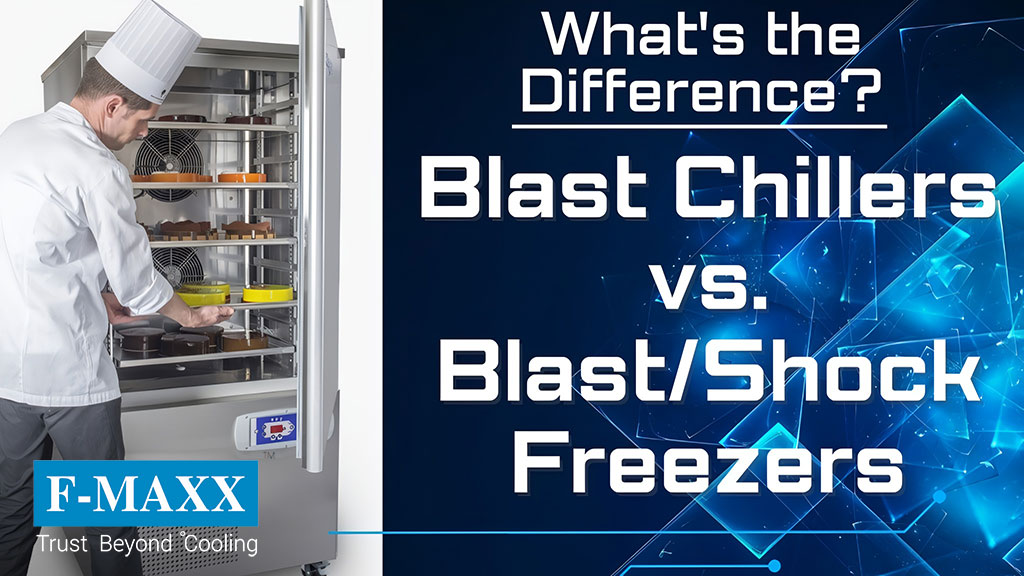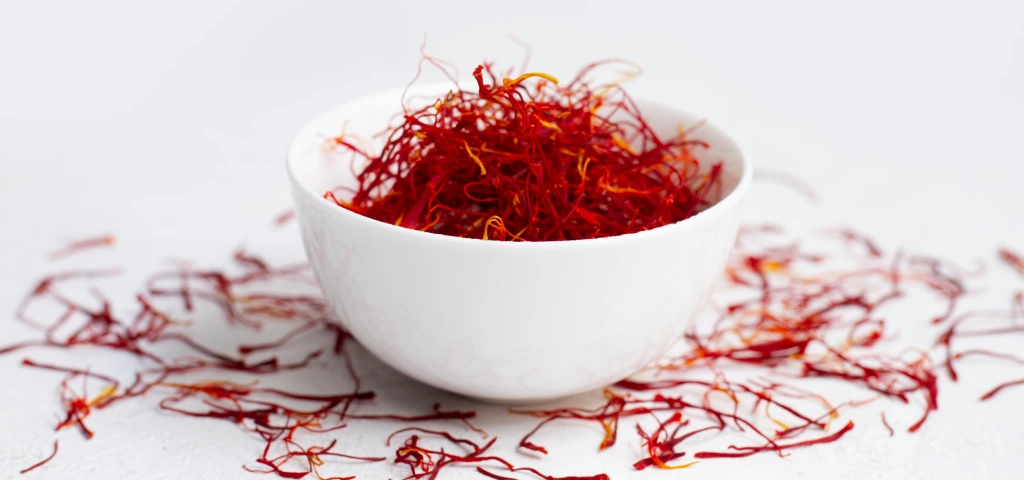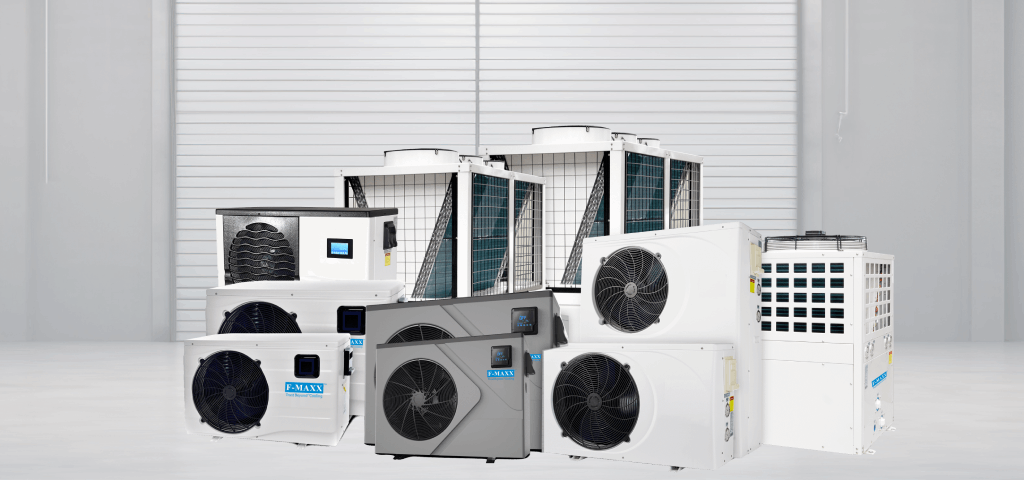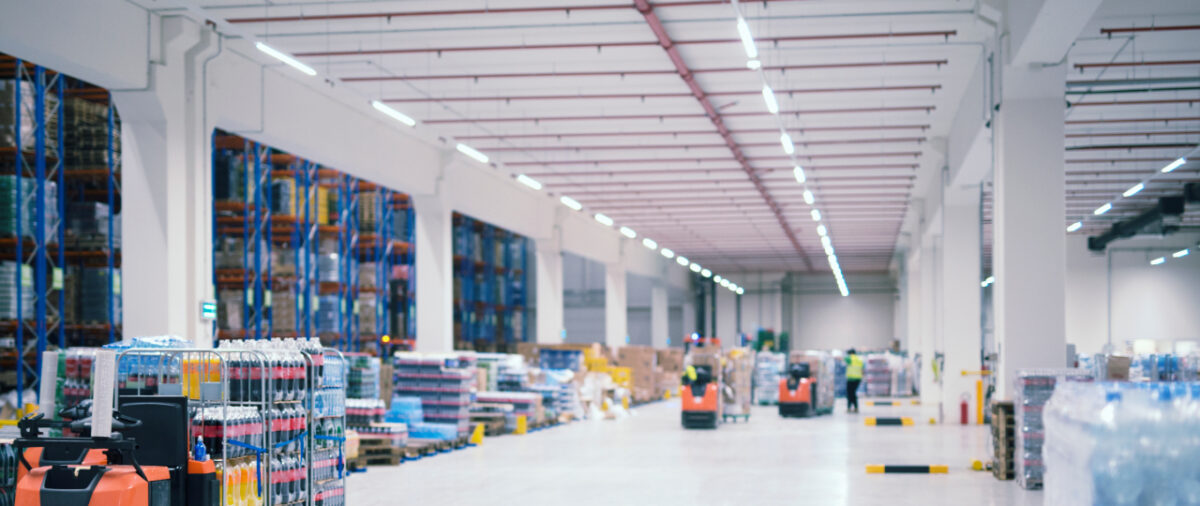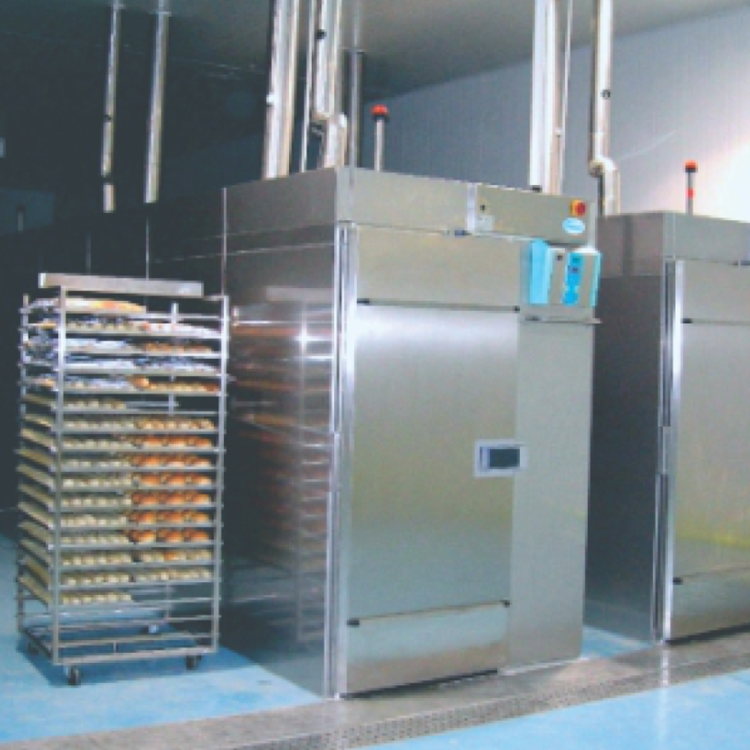Ever wonder how fresh berries from another continent land perfectly in your local supermarket, or how life saving vaccines travel across the country without losing their potency? The answer lies within a powerful, invisible network: the cold chain. At the very heart of this system is the cold chain warehouse, a specialized facility that acts as the guardian of temperature sensitive goods.
Getting this right is a massive challenge with huge stakes. Globally, the cold chain logistics sector was valued at around $364 billion in 2024, a number that reflects the incredible scale of this industry. When it fails, the losses are staggering. Poor temperature control costs the pharmaceutical industry as much as $12.5 billion every year, while an estimated 14% of all food produced is lost before it even reaches consumers, largely due to broken cold chains.
This guide breaks down everything you need to know about the modern cold chain warehouse. We will explore the technology that powers them, the intricate processes that keep them running, and the critical factors that ensure your products stay safe, from storage to final delivery.
The Foundations of a Cold Chain Warehouse
A cold chain warehouse isn’t just a big refrigerator. It’s a sophisticated, temperature controlled facility engineered to preserve the quality and extend the shelf life of perishable products. From fresh produce and dairy to pharmaceuticals and chemicals, these warehouses maintain precise environmental conditions, ensuring goods are protected from spoilage and degradation.
Key Facility Types
Cold storage facilities are not one size fits all. They are categorized based on the specific temperature ranges they maintain.
- Chilled Storage (Refrigerated): These facilities typically operate between 2°C and 8°C (about 35°F to 47°F). They are perfect for products that need to stay cool but not frozen, like fresh fruits, vegetables, and dairy products. The goal is to slow bacterial growth and keep items fresh.
- Frozen Storage: Operating at sub zero temperatures, usually between –18°C and –25°C (0°F to –13°F), these warehouses are for goods that must remain frozen solid. Think meat, seafood, ice cream, and frozen meals. Freezing halts microbial activity, preserving products for months.
- Deep Freeze Storage: For specialized items like certain vaccines or high grade tuna, ultra low temperature freezers can maintain conditions from –40°C to –80°C.
- Blast Freezers: These aren’t for long term storage but for rapid freezing. By quickly lowering a product’s temperature, they create smaller ice crystals, which helps preserve the food’s texture and quality.
- Ripening Chambers: For bananas and mangoes, these rooms manage temperature, humidity, and ethylene for controlled, uniform ripening.
The Technology That Makes It Work: Refrigeration System Components
At the core of every cold facility is a vapor compression refrigeration system. Think of it as the heart and lungs of the operation, constantly working to remove heat. The main components include:
- Compressor: This is the heart of the system. It pumps refrigerant gas, compressing it into a high pressure, high temperature state.
- Condenser: Here, the hot refrigerant gas releases its heat to the outside environment, condensing back into a liquid.
- Expansion Valve: The high pressure liquid passes through this valve, causing a sudden drop in pressure that makes the refrigerant intensely cold.
- Evaporator: This component is inside the cold room. The cold refrigerant absorbs heat from the room’s air, causing it to evaporate back into a gas and leaving chilled air behind. The gas then returns to the compressor, and the cycle repeats.
Built for the Cold: Equipment Durability
Operating in freezing conditions is tough on equipment. Everything used in a cold chain warehouse must be engineered for durability in low temperatures. Forklifts and pallet jacks require special lubricants and batteries that can perform in the cold. Insulated panels and door seals use materials that won’t become brittle and crack. Even the concrete floors in freezers often have heating systems embedded within them to prevent frost heave, a condition where freezing moisture in the ground can expand and damage the building’s foundation.
Keeping the Cold In: Energy Efficiency
Running a massive refrigerator 24/7 consumes a tremendous amount of power. Because of this, energy efficiency is a top priority in cold chain operations. Modern facilities use several strategies to reduce energy consumption without compromising temperature.
- Superior Insulation: High quality polyurethane foam (PUF panels) for walls, ceilings, and floors minimize heat transfer from the outside.
- Efficient Equipment: Using variable frequency drives (VFDs) on compressors allows the system to adjust its power usage based on the cooling load, saving significant energy.
- Smart Lighting: LED lights are a game changer. They use far less energy, produce minimal heat (reducing the load on the refrigeration system), and can be paired with motion sensors so they are only on when an aisle is in use.
- Airtight Operations: Fast acting doors, air curtains, and properly sealed loading docks prevent cold air from escaping and warm air from entering.
Investing in these features can cut operational energy costs by 20 to 30%, making a facility more sustainable and affordable to run. For a custom built, energy efficient facility, it’s best to work with experienced providers. F-Max Systems designs cold storage solutions that prioritize efficiency to lower your long term operational costs.
Managing Operations Inside the Warehouse
A well designed cold chain warehouse is only half the battle. Smooth, safe, and efficient daily operations are what truly protect the integrity of the products stored inside.
The People Factor: Worker Safety
Working in a sub zero environment presents unique challenges. Employee safety is paramount. Operations must adhere to strict protocols, including:
- Protective Gear: Workers are equipped with insulated clothing, gloves, and boots (personal protective equipment, or PPE) to protect against cold stress and frostbite.
- Regulated Work Schedules: To limit exposure, staff often work in shorter shifts with regular warm up breaks.
- Specialized Training: Employees are trained on the signs of cold related health issues and emergency procedures.
- Facility Design: Non slip flooring and clearly marked pathways are essential to prevent accidents in potentially icy conditions.
Smarter Storage: Space Optimization and Capacity Planning
Since every cubic meter of refrigerated space is expensive to build and cool, maximizing storage density is crucial.
- Capacity Planning: This involves forecasting inventory levels, including seasonal peaks, to ensure the facility is the right size. A warehouse should be able to handle growth without becoming overstuffed, which can impede airflow and reduce efficiency.
- High Density Racking: Instead of traditional racks with wide aisles, many cold facilities use systems like drive in racks or mobile pallet racking. Mobile racking, where shelves move on rails to open a single aisle where needed, can increase storage capacity by up to 85% in the same footprint.
- Vertical Space: Automated Storage and Retrieval Systems (AS/RS) use robotic cranes in high bay warehouses that can reach up to 45 meters, using vertical space to achieve incredible storage density.
Keeping Track: Inventory Management
In a cold environment where products have expiry dates, knowing exactly what you have and where it is located is non negotiable. Modern inventory management relies on:
- Warehouse Management Systems (WMS): This software is the brain of the operation. It tracks every item from receipt to dispatch using barcodes or RFID tags.
- Stock Rotation (FIFO/FEFO): A WMS helps enforce First In, First Out (FIFO) or First Expired, First Out (FEFO) principles. This ensures that older stock is shipped first, minimizing spoilage and waste.
- Traceability: In the event of a product recall, detailed inventory records allow a company to quickly identify and locate affected batches, which is a critical part of regulatory compliance.
The Bottom Line: Understanding Operational Costs
Operating a cold chain warehouse is significantly more expensive than a standard warehouse. Key costs include:
- Energy: This is often the largest single expense due to 24/7 refrigeration.
- Labor: Specialized labor for cold environments often commands higher wages, and safety protocols can require more staff.
- Maintenance: Refrigeration equipment requires constant upkeep to ensure it runs efficiently and reliably. See our preventive maintenance guide for cold rooms for best practices.
- Security: Protecting high value goods like pharmaceuticals or large food inventories requires robust security systems.
Guarding the Goods: Security Measures
Cold storage facilities often house millions of dollars in inventory, making them a target for theft. Comprehensive security includes:
- Access Control: Restricting entry to authorized personnel using key cards or biometric scanners.
- Surveillance: 24/7 CCTV monitoring of all critical areas, including loading docks and storage zones.
- Perimeter Security: Fencing, gated access, and adequate lighting to deter intruders.
- Inventory Audits: Regular checks to ensure physical stock matches system records, helping to identify any discrepancies quickly.
The Cold Chain in Motion
Storage is just one piece of the puzzle. The true challenge of the cold chain is maintaining temperature integrity as products move from the warehouse to their final destination.
The End to End Journey: The Cold Chain Procedure
The cold chain procedure is the complete, unbroken series of refrigerated events that moves a product from origin to consumer. It starts with precooling at the production site, continues through packaging, transportation, and storage, and ends with last mile delivery. A disruption at any one of these stages can compromise the entire chain.
Protecting Products on the Go: Temperature Controlled Packaging
When products leave the controlled environment of a warehouse or truck, specialized packaging becomes their lifeline. This typically involves a combination of:
- Insulation: Materials like polyurethane foam or vacuum insulated panels slow the transfer of heat.
- Refrigerants: Cooling agents like frozen gel packs, dry ice (solid carbon dioxide), or phase change materials (PCMs) absorb heat and maintain a low temperature inside the package.
This packaging is essential for last mile delivery and for shipments that may not have active refrigeration at every step.
Moving the Chill: Cold Chain Transportation
This is the most dynamic part of the cold chain, involving specialized vehicles to move goods across land, sea, or air.
- Refrigerated Trucks (Reefers): These are insulated trucks with their own refrigeration units, used for most overland transport.
- Reefer Containers: For international shipping, these are large, self powered refrigerated containers that can be loaded onto ships, trains, or trucks.
- Air Cargo: High value or highly perishable items are often flown using active temperature controlled containers or passive insulated shippers.
The Final Step: Last Mile Delivery
This is the last and often most complex leg of the journey, moving goods from a local distribution center to a store, restaurant, or a customer’s home. It relies on smaller refrigerated vans or insulated boxes with ice packs to ensure products like groceries or medicine arrive safely at their destination.
Crossing Borders: Customs Clearance
For international shipments, efficient customs clearance is vital. A delay at the border due to incorrect paperwork can leave a refrigerated container sitting without power, jeopardizing the entire shipment. Cold chain logistics experts ensure all documentation is perfect and work with customs brokers to expedite the process, keeping perishable cargo moving.
Ensuring Unbroken Performance
Reliability is the currency of the cold chain. Modern warehouses use multiple layers of technology and planning to guarantee that temperatures remain stable and products stay safe.
Always On: Temperature Control, Tracking, and Monitoring
You can’t manage what you don’t measure. Continuous tracking and monitoring are the eyes and ears of the cold chain.
- IoT Sensors: Smart sensors placed inside warehouses, trucks, and even individual packages record temperature and humidity in real time.
- GPS Tracking: This provides the exact location of a shipment, allowing for route optimization and accurate ETAs.
- Real Time Alerts: If the temperature in a truck starts to drift out of its safe range, the system can automatically send an alert to the logistics manager, who can take immediate corrective action before any damage is done.
This data also creates an auditable record, providing proof that the cold chain was maintained, which is often required for regulatory compliance.
Staying Compliant: Regulatory Standards and Certifications
The food and pharmaceutical industries are heavily regulated. A cold chain warehouse must adhere to standards set by bodies like the FDA (Food and Drug Administration) and follow principles like HACCP (Hazard Analysis and Critical Control Points) and GMP (Good Manufacturing Practices). This involves maintaining meticulous records, undergoing regular audits, and ensuring all equipment is calibrated and validated to prove it can hold the required temperatures reliably.
Expecting the Unexpected: Risk Mitigation and Contingency Planning
What happens if a truck breaks down or a natural disaster strikes? A resilient cold chain has contingency plans in place. This includes identifying backup storage locations, having alternative transportation routes planned, and maintaining clear communication protocols for emergencies. The goal is to minimize disruption and protect the product, no matter what happens.
The Ultimate Failsafe: Power Reliability and Backup
A power outage is one of the biggest threats to a cold storage facility. Even a few hours without cooling can lead to catastrophic losses. To prevent this, every reliable cold chain warehouse has:
- Backup Generators: These are typically diesel powered generators that automatically kick on within seconds of a grid failure, ensuring the refrigeration systems never stop.
- Uninterruptible Power Supply (UPS): These battery systems provide instantaneous power to critical control and monitoring systems, bridging the gap until the generator starts.
- Redundant Equipment: Many facilities have multiple compressors or cooling units, so if one fails, another can take over the load.
Ready for Growth: Operational Scalability
A business’s needs change over time. A scalable cold chain warehouse is designed to grow with them. This might mean a modular design that allows for easy expansion, or using racking systems that can be added to as inventory volumes increase. This future proofing prevents a company from outgrowing its infrastructure and facing costly bottlenecks down the road.
Choosing the Right Partner
Building or managing a cold chain is complex. The right partner can make all the difference.
Location, Location, Location
The physical location of a cold chain warehouse has a major impact on efficiency and cost. A facility that is strategically located near highways, ports, or airports reduces transit times and transportation costs. Good access for large trucks is also essential for smooth loading and unloading operations.
Trust Through Time: A Provider’s Track Record
In a high stakes industry like the cold chain, experience matters. When choosing a partner to build or manage your cold infrastructure, you want a team with a proven track record of reliability and excellence. Look for a provider with years of experience, a strong portfolio of successful projects, and positive client testimonials.
With over 25 years of industry experience, F-Max Systems has established itself as a leader in refrigeration solutions across South India. Our track record is built on delivering customized, high quality systems for diverse industries, from food processing to pharmaceuticals. We provide end to end services, from design and manufacturing to installation and support, ensuring your cold chain is in expert hands.
Conclusion
The modern cold chain warehouse is a marvel of engineering, logistics, and technology. It is the critical infrastructure that underpins our access to safe food, effective medicines, and countless other temperature sensitive products. From robust refrigeration and smart monitoring to meticulous inventory management and contingency planning, every element must work in perfect harmony.
Building a reliable and efficient cold chain operation is a significant investment. Partnering with an experienced expert ensures that investment is protected. If you are looking to build, expand, or upgrade your cold storage capabilities, the team at F-Max Systems is here to help.
Frequently Asked Questions
A cold chain warehouse is a temperature controlled facility designed to store perishable goods like food and pharmaceuticals. Its primary purpose is to maintain a specific temperature range to prevent spoilage, preserve quality, and extend the shelf life of the products inside.
A chilled warehouse typically maintains temperatures just above freezing (around 2°C to 8°C) and is used for fresh produce, dairy, and some medicines. A frozen warehouse operates at sub zero temperatures (–18°C or lower) to keep products like meat, seafood, and ice cream frozen solid for long term preservation.
Temperature is maintained during transport using refrigerated vehicles (known as “reefers”), which have built in cooling systems. For smaller shipments or last mile delivery, insulated packaging with cooling agents like gel packs or dry ice is used to create a temporary cold environment.
Cold storage facilities are massive energy consumers because refrigeration systems must run continuously. Improving energy efficiency through better insulation, modern equipment, and LED lighting directly reduces high operational costs and lowers the facility’s environmental impact, making the operation more sustainable and profitable.
The biggest challenges include preventing temperature excursions during transport and transfers, managing high energy costs, ensuring worker safety in cold environments, and planning for disruptions like power outages or transportation delays. Maintaining an unbroken chain from end to end requires constant monitoring and meticulous planning.
The cost of a cold chain warehouse varies widely based on its size, the temperature range required (freezer space is more expensive than chilled), the level of automation, and its location. Building a custom facility requires a detailed analysis of your specific needs. For a precise quote on your project, it is best to consult with a cold storage specialist.

